
Linguistic Creativity
Linguistic creativity refers to the ability to use language in new, original, and imaginative ways. This can manifest in various forms, such as poetry, humor, puns, wordplay, and neologisms (newly invented words or phrases). One example of linguistic creativity is poetry, which uses language in a way that is both expressive and evocative. Poets often play with sound, rhythm, and imagery to create a visceral response in the reader. For example, a poet might use alliteration, assonance, and consonance to create a musical quality in their verse. They might also use metaphor and simile to create a sense of depth and meaning in their words. Humor is another example of linguistic creativity. Humor often relies on wordplay, puns, and unexpected turns of phrase to create a sense of surprise and delight in the listener. For example, a comedian might use a play on words to create a punchline that is both surprising and satisfying. Neologisms are also an example of linguistic creativity. These are new words or phrases that are invented to express a concept or idea that did not previously have a name. For example, the word 'selfie' was created to describe a type of photograph that people take of themselves. Similarly, the word 'cyberspace' was created to describe the virtual world of the internet. Linguistic creativity can also be found in everyday conversation, such as when people use idiomatic expressions or figures of speech to add color and interest to their speech. For example, a person might use the phrase "the ball is in your court" to indicate that it is someone else's turn to take action. In conclusion, linguistic creativity is the ability to use language in new, original and imaginative ways that can be found in various forms such as poetry, humor, puns, wordplay, and neologisms. It's not only limited to professional or literary field but also can be found in everyday conversation. For more details on Mental Time Travel System

Musical Creativity
Musical creativity refers to the ability to generate new and original musical ideas, compositions, or performances. It is a complex and multi-faceted concept that involves a variety of cognitive, emotional, and social processes. One key aspect of musical creativity is the ability to generate new melodies, harmonies, and chord progressions. This can be facilitated by a deep understanding of music theory, as well as a broad knowledge of different musical styles and genres. Additionally, the ability to improvise and experiment with different sounds and textures can also be important for developing new musical ideas. Another important aspect of musical creativity is the ability to convey emotion and meaning through music. This can involve the use of lyrics, as well as the manipulation of musical elements such as tempo, dynamics, and timbre. A musician with a strong emotional connection to their music and the ability to communicate that emotion to an audience can be considered highly creative. Creativity can also be seen in the ability to combine different elements from various genres and styles in innovative ways. Musicians who are able to draw on diverse influences and blend them together in new and interesting ways can be considered highly creative. Additionally, a creative musician is also one who is able to take risks and think outside of the box. This could mean trying new techniques, using unconventional instruments, or exploring uncharted territories in music. Creativity can also be influenced by external factors, such as the environment, personal experiences, and social interactions. For example, a musician who is part of a supportive and collaborative community may be more likely to take creative risks and develop new ideas. In conclusion, musical creativity is a multi-faceted concept that involves the ability to generate new and original musical ideas, the ability to convey emotion and meaning through music, the ability to blend different genres and styles, and the ability to take risks and think outside the box. It can be influenced by a variety of cognitive, emotional, and social factors and is essential for the development of new and innovative music.
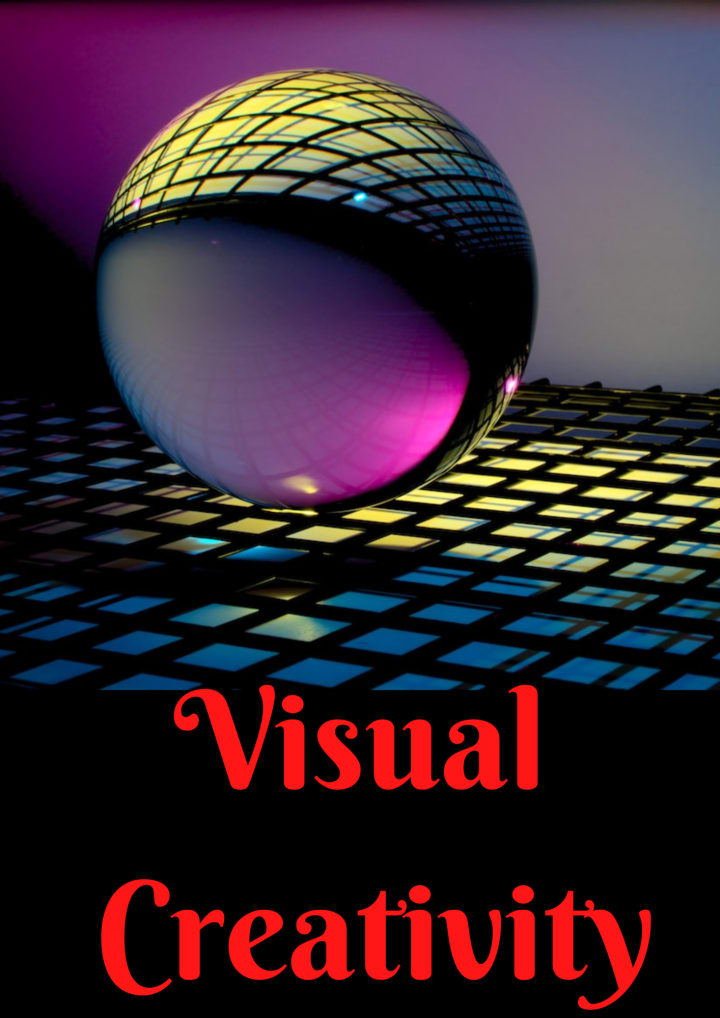
Visual Creativity
Visual creativity refers to the ability to generate and implement new and original ideas in visual art, design, and other forms of visual communication. This can include creating new forms, styles, and techniques, as well as using existing forms in new and unexpected ways. One key aspect of visual creativity is the ability to see things differently. This can involve looking at the world from a new perspective, noticing small details that others might miss, or seeing connections between seemingly unrelated things. It can also involve taking risks and trying new things, even if they may not work out as planned. Another important aspect of visual creativity is the ability to work with different mediums and materials. This can include traditional mediums like paint and charcoal, as well as new digital tools and technologies. The ability to use different mediums and materials in new and unexpected ways can help to expand the visual vocabulary and create new forms of visual expression. Creativity in visual art also involves the ability to communicate ideas and emotions through visual forms. This can include the use of color, shape, and form to convey mood, theme or message. This ability to communicate ideas visually is not only important for artists, but also for designers, photographers, and other visual communicators. Visual creativity also requires the ability to think critically and solve problems. This can include understanding the needs of the audience, the context in which the work will be viewed, and the goals of the project. It also involves the ability to develop and execute a creative concept, and to make decisions about form, composition, and other visual elements. In conclusion, visual creativity is a multidimensional and multifaceted skill that involves a variety of abilities, including the ability to see things differently, work with different mediums and materials, communicate ideas visually, think critically and solve problems. It is a skill that can be developed and nurtured through practice, experimentation, and exposure to different forms of visual art and communication.
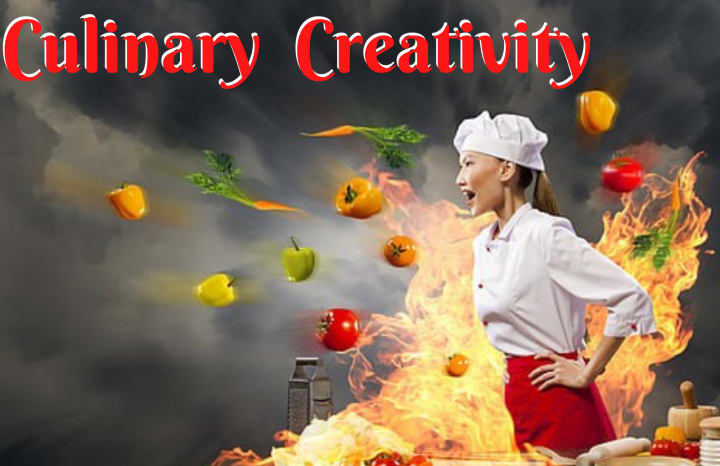
Culinary Creativity
Culinary creativity refers to the ability to think outside the box when it comes to food preparation and presentation. This can take many forms, from experimenting with new flavor combinations, to presenting dishes in unexpected ways, to reinterpreting traditional recipes. One key aspect of culinary creativity is the use of unusual ingredients. Chefs may seek out unique or hard-to-find ingredients to add new dimensions of flavor to their dishes. For example, a chef might use exotic spices such as saffron or sumac to give a dish a distinct, bold flavor. They might also incorporate unusual proteins like insects or wild game into their recipes. Another important aspect of culinary creativity is the use of different cooking techniques. Chefs may experiment with different methods of cooking, such as smoking, fermentation, or sous vide, to create new and exciting flavors. They may also explore different methods of food preservation, such as pickling or drying, to create new textures and flavors. Presentation is another important aspect of culinary creativity. Chefs may use a variety of different plating techniques to make their dishes look beautiful and appetizing. They may also use unexpected ingredients, such as flowers or herbs, to garnish dishes and add visual interest. Culinary creativity also extends to the way a dish is served. For example, a chef might serve a dish family-style, encouraging diners to share and sample different dishes. They might also use interactive elements, such as tableside cooking or a build-your-own-dish setup, to engage diners and make the dining experience more fun and memorable. Overall, culinary creativity is about pushing boundaries and challenging the status quo. It is about taking risks and trying new things, and ultimately, it is about creating delicious, beautiful, and memorable dishes that delight the senses. It's the ability to take classic dishes and put a new spin on them, to use new technologies and techniques, and to inspire others to think differently about food and cooking. For more details on Mental Time Travel System
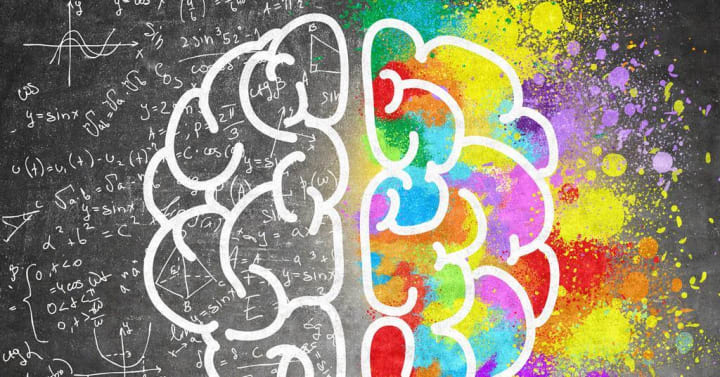
Scientific Creativity
Scientific creativity refers to the ability to generate new and original ideas in the field of science. It is the process of coming up with unique hypotheses, theories, and methods that can contribute to the advancement of knowledge in a given field. One key aspect of scientific creativity is the ability to think outside of the box and question established beliefs and practices. This can lead to the development of new perspectives and ideas, which can then be tested through experimentation and observation. Another important aspect of scientific creativity is the ability to make connections between seemingly unrelated fields of study. This can lead to the integration of different ideas and the formation of new interdisciplinary fields. To cultivate scientific creativity, it is important to foster a culture that encourages curiosity and critical thinking. This can be done by providing opportunities for scientists to explore new areas of research and giving them the freedom to pursue their own interests and ideas. In addition, it is important to provide resources and support for scientists to conduct their research, such as funding and access to state-of-the-art equipment. One way to facilitate creativity is to encourage collaboration among scientists from different fields, as this can lead to the cross-pollination of ideas and the formation of new hypotheses. Creativity is also a key element of the scientific method, as it is the starting point for generating new ideas and theories. However, it is important to note that the scientific method also requires rigorous testing and experimentation to determine the validity of these ideas. In conclusion, scientific creativity is a vital aspect of the scientific process and is essential for the advancement of knowledge in various fields. It is a complex process that involves critical thinking, curiosity, and the ability to make connections between different areas of study. To cultivate scientific creativity, it is important to foster a culture that encourages these traits and to provide resources and support for scientists to conduct their research.
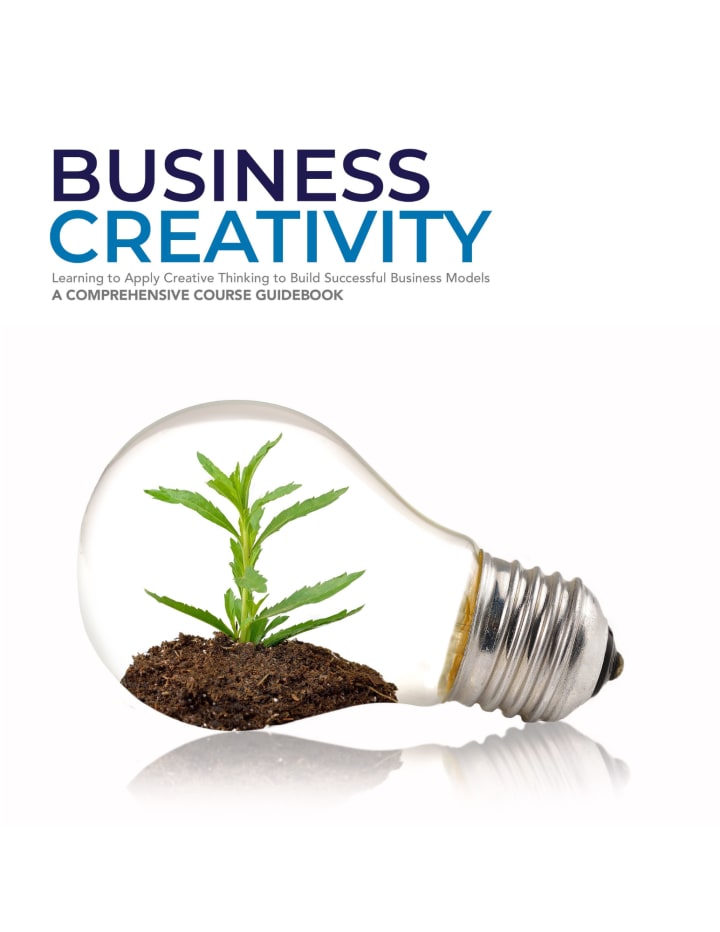
Business Creativity
Business creativity refers to the ability to come up with new and innovative ideas that can help a business grow and succeed. It is the process of generating unique and valuable ideas that can be used to create new products, services, or processes that can give a company a competitive edge in the marketplace. One important aspect of business creation is the ability to think outside of the box. This means looking at problems and challenges from different perspectives and considering new and unconventional solutions. It also involves being open to new and diverse ideas, and being willing to take risks and try new things. Another important aspect of business creation is the ability to collaborate and work well with others. This includes being able to effectively communicate and share ideas with others, as well as being able to work well as part of a team. To foster creativity in a business setting, it is important to create an environment that encourages and supports new ideas. This can include things such as providing employees with the resources and support they need to pursue their ideas, offering training and development opportunities, and encouraging open communication and collaboration among employees. Additionally, businesses can also look to external sources for inspiration, such as industry events, competitor analysis, and market research. Keeping up with the latest trends and technologies can also be beneficial in sparking new ideas. Business creativity is an ongoing process and not a one-time event. It requires a combination of different strategies, mindsets, and tools to keep the flow of new and innovative ideas constant. Encouraging employees to think creatively, and creating a culture that rewards and supports new ideas can be crucial to driving business success. In conclusion, business creativity is essential for companies that want to stay competitive and grow. It is the ability to think outside the box, collaborate with others, and create a culture that supports new ideas, which can be the key to success. To foster creativity in a business setting, companies need to create an environment that encourages and supports new ideas, and be open to new and diverse perspectives. By doing so, businesses can increase their chances of coming up with the next big idea that can drive their success in the marketplace.
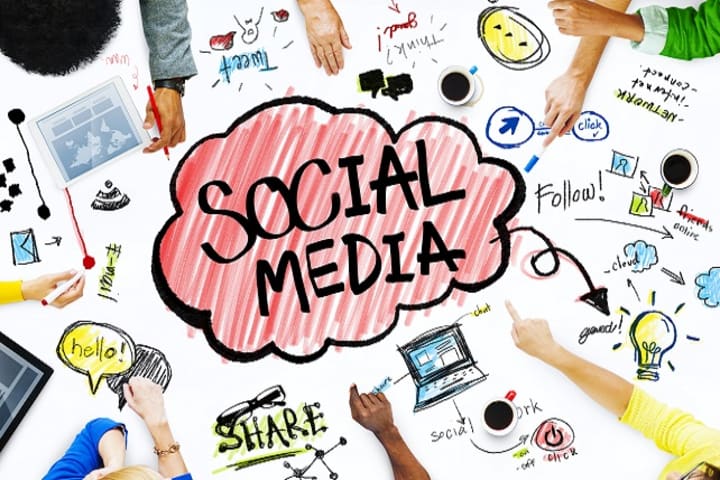
Social Creativity
Social creativity refers to the process of generating new ideas, concepts, or solutions through collaboration and interaction with others. It involves the sharing of information, perspectives, and experiences among individuals or groups, leading to the creation of something new and valuable. One of the key benefits of social creativity is that it allows for the pooling of diverse knowledge, skills, and perspectives, which can lead to more innovative and effective solutions. For example, a team of people from different backgrounds and disciplines working together on a project may have a greater chance of coming up with a novel idea than a single individual working alone. There are several factors that can foster social creativity, including: A supportive and inclusive culture: A culture that encourages open communication, trust, and respect among team members can promote the sharing of ideas and constructive criticism, leading to better solutions. Clear goals and roles: Having clear goals and roles for team members can help to focus the group's efforts and ensure that everyone is working towards the same objective.Diverse perspectives: Bringing together people with different backgrounds, experiences, and perspectives can lead to more creative and innovative solutions. Encouraging experimentation and risk-taking: A culture that encourages experimentation and risk-taking can lead to more creative solutions, as people are more likely to propose bold and unconventional ideas. There are also several strategies that organizations can use to promote social creativity. Encouraging brainstorming sessions: Bringing together a group of people to brainstorm ideas can be an effective way to generate new concepts and solutions. Holding cross-functional meetings: Bringing together people from different departments or disciplines to work on a project can lead to the sharing of diverse perspectives and the generation of new ideas. Offering training and development opportunities: Providing training and development opportunities for employees can help to build the skills and knowledge needed to generate new ideas and solutions. Encouraging collaboration and communication: Encouraging collaboration and communication among team members can foster a sense of community and lead to the sharing of ideas and perspectives. Overall, social creativity is the process of generating new ideas, concepts, or solutions through collaboration and interaction with others. It allows for the pooling of diverse knowledge, skills, and perspectives and it can lead to more innovative and effective solutions. And is fostered by a supportive and inclusive culture, clear goals and roles, diverse perspectives, and encouraging experimentation and risk-taking. Organizations can promote social creativity through brainstorming sessions, cross-functional meetings, training and development opportunities, and encouraging collaboration and communication among team members.
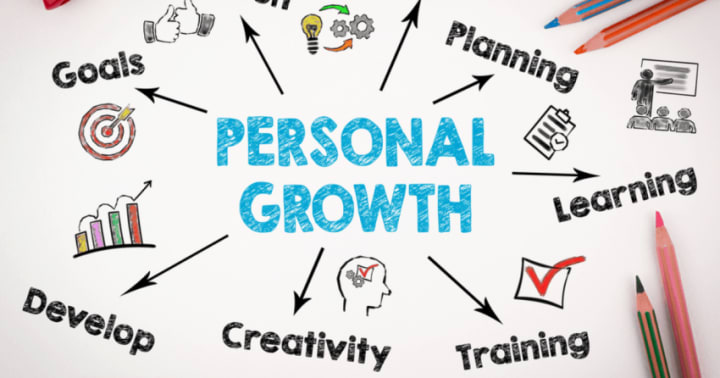
Personal Creativity
To increase your creativity by doing meditations to know more Click Here
Personal creativity refers to the ability to generate new and original ideas, whether they are artistic, scientific, or practical in nature. It is a skill that can be nurtured and developed through practice and experimentation. One key aspect of personal creativity is the ability to think outside of the box and challenge assumptions. This can involve looking at a problem or situation from a different perspective, or considering new and unconventional solutions. For example, an artist might challenge traditional notions of beauty by creating abstract or non-representational art, while a scientist might question established theories and seek out new evidence to support or disprove them. Another important aspect of personal creativity is the ability to make connections between seemingly disparate ideas or concepts. This can involve combining elements from different fields or disciplines to create something new, or seeing similarities between things that others might not have noticed. For example, a musician might combine elements of different styles of music to create a unique sound, while an inventor might find a way to use a technology developed for one purpose in an entirely different field. To cultivate personal creativity, it's important to set aside dedicated time for brainstorming and experimentation. This can involve trying new activities or hobbies, reading widely, and exposing oneself to diverse perspectives and cultures. It's also important to be open to new ideas and willing to take risks, even if they may seem unconventional or unlikely to succeed. Another way to foster personal creativity is by surrounding oneself with other creative individuals and engaging in creative collaborations. Being exposed to new ideas and different ways of thinking can be an effective way to stimulate new ideas and perspectives. Finally, it's important to be persistent in pursuing one's creative endeavors, even when faced with setbacks or obstacles. Creativity often involves iterating on ideas and trying different approaches until the right solution is found. It's important to maintain a growth mindset and to view mistakes and failures as opportunities to learn and improve. In summary, personal creativity is the ability to generate new and original ideas, and it can be developed through practice, experimentation, and exposure to diverse perspectives. To be successful, it's important to think outside of the box, make connections between disparate ideas, set aside dedicated time for brainstorming and experimentation, surround oneself with other creative individuals, and be persistent in pursuing one's creative endeavors.
About the Creator
Enjoyed the story? Support the Creator.
Subscribe for free to receive all their stories in your feed. You could also pledge your support or give them a one-off tip, letting them know you appreciate their work.



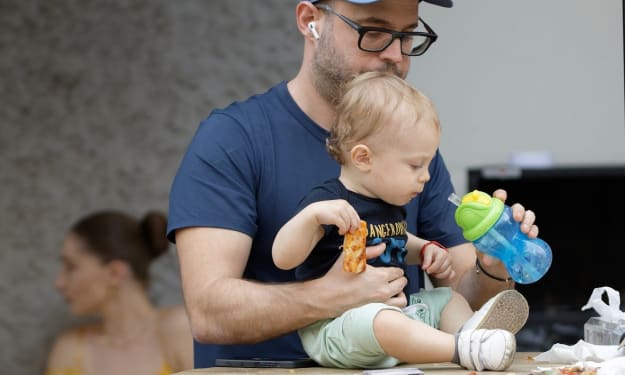

Comments
There are no comments for this story
Be the first to respond and start the conversation.